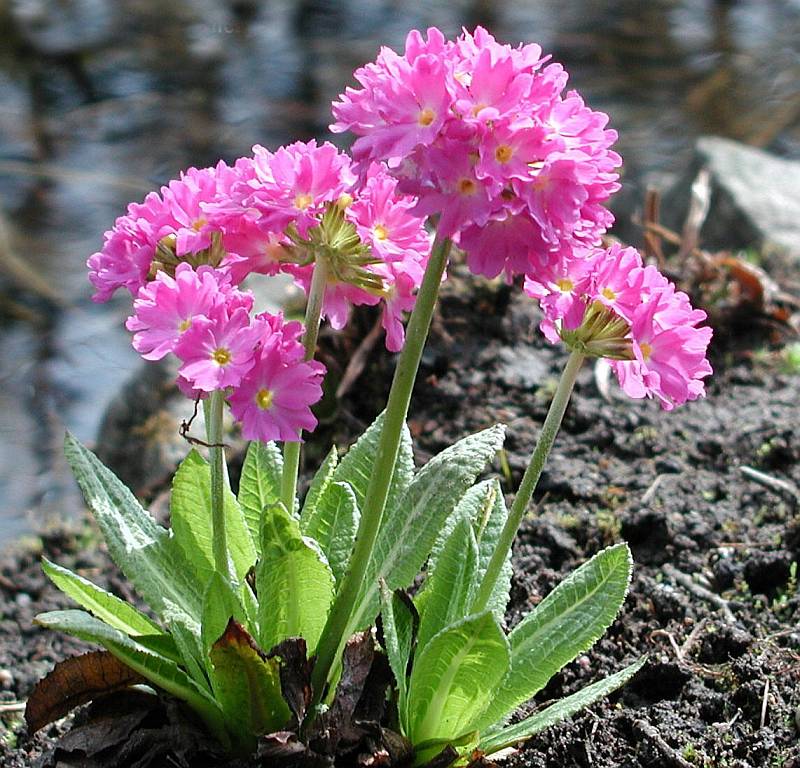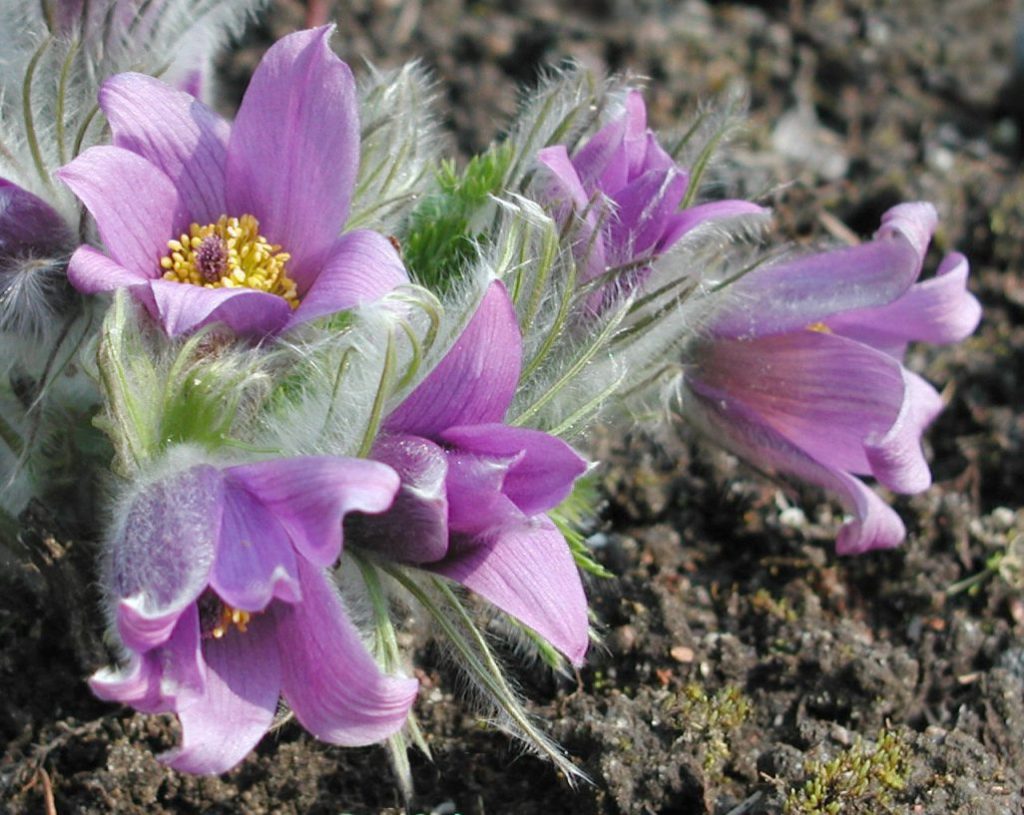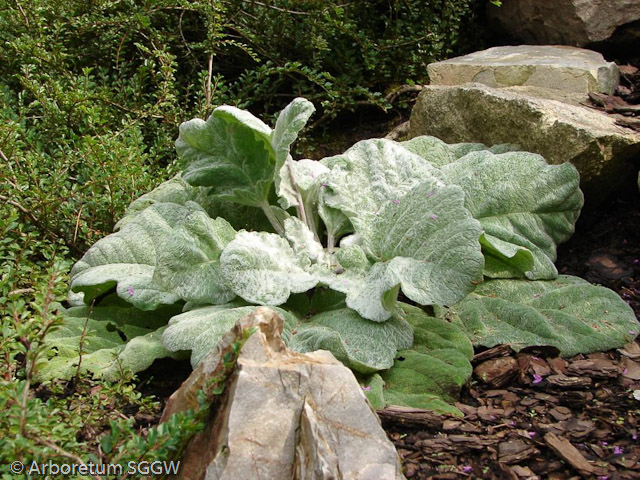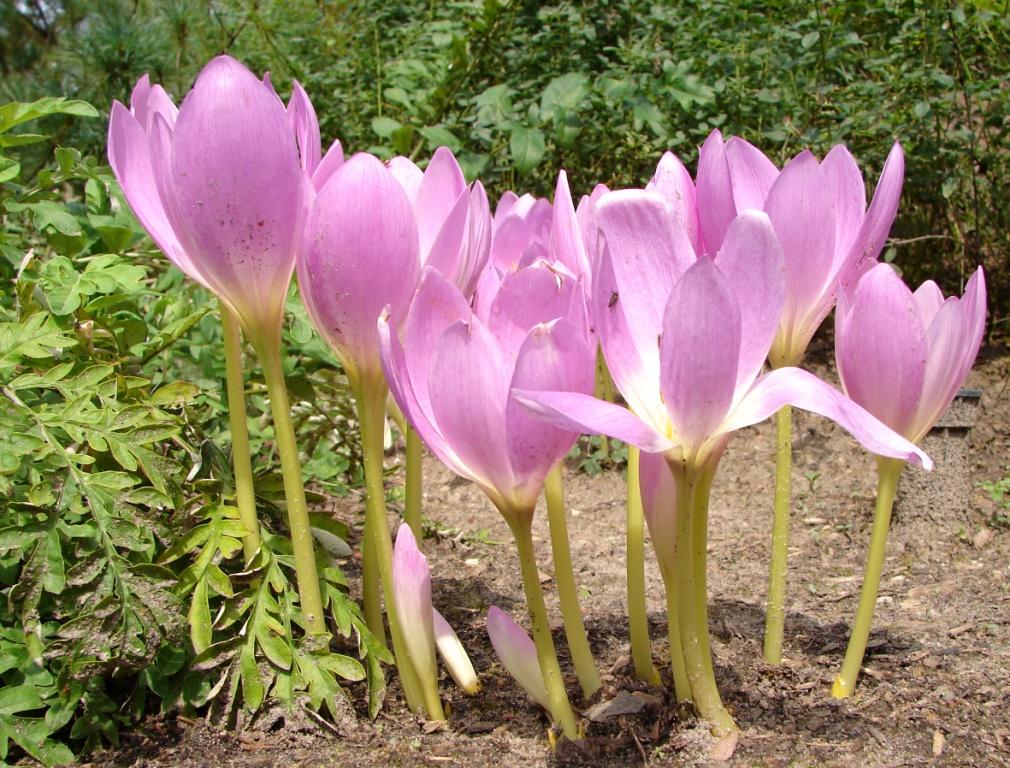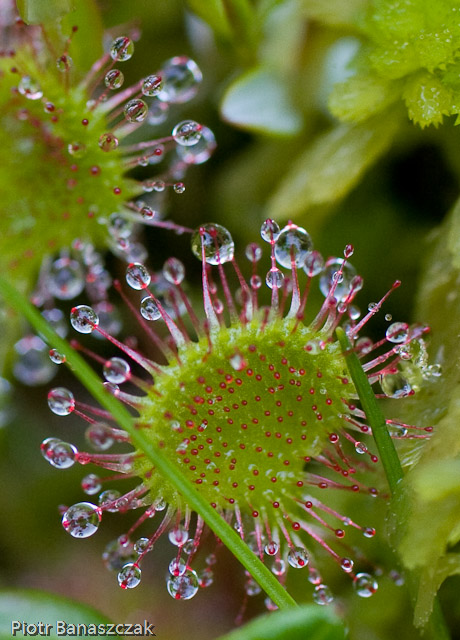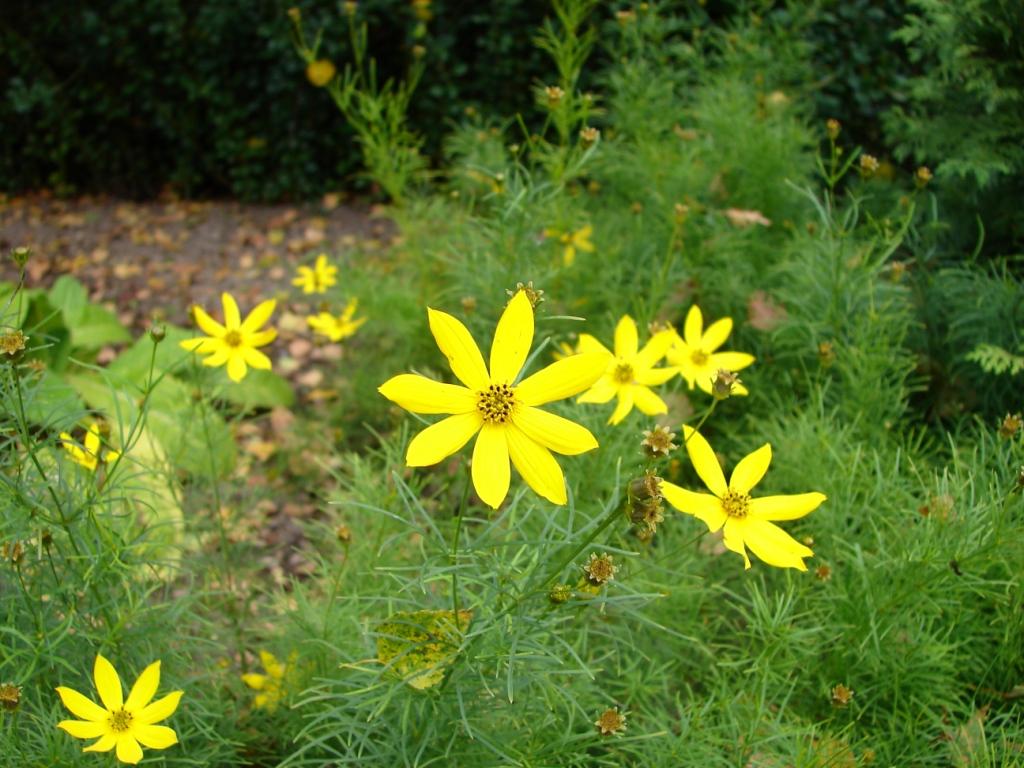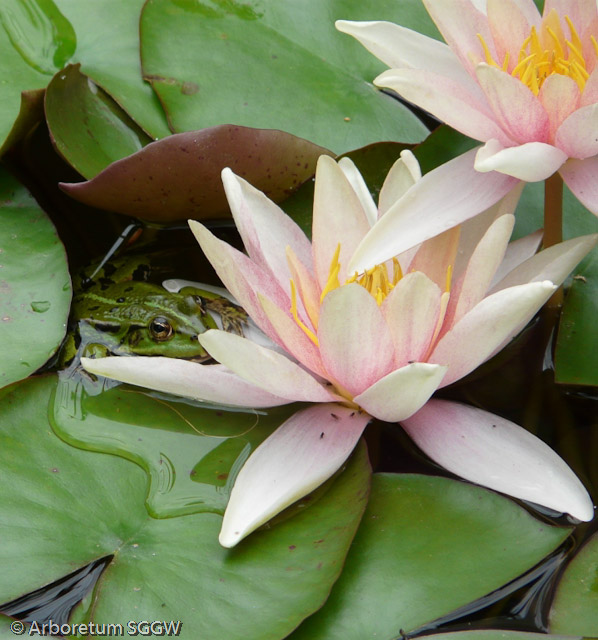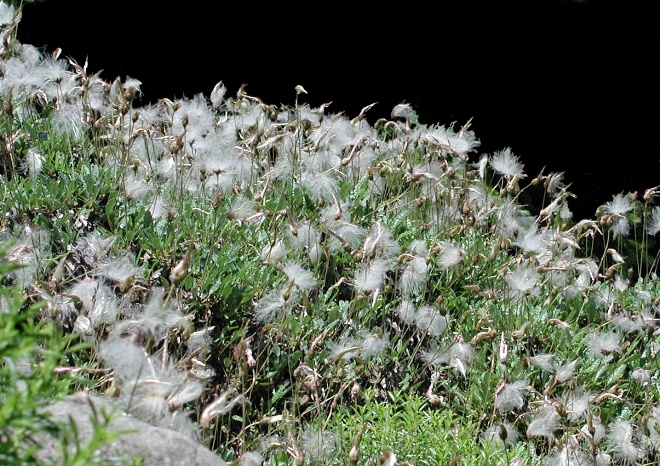Views: 65
Alpinarium
Tourist's essentials
Alpinarium
The Alpinarium was established in the 1950s by the head of the Arboretum at that time, Henryk Eder, Eng. The smallest of the garden's sections, it covers approximately 1.4 ha, of which, 1500 m² are occupied by the rockery.
In addition to the rock garden, which rises 2 m above ground level, streams have been created to run through the garden and several smaller ponds have been built, along with a larger one. Stretching over 500 m² it contains an island where mallards nest and there are many grass snakes.
The alpinarium offers a display of over 900 species and infraspecific taxa of plants, originating from mountainous regions all over the world. In the main, they are perennials, though not only. Shrubs and trees from mountainous regions also grow here, for instance the slender and tapering Picea omorika, the shapely Pinus cembra, and the silvery White Fir, Abies concolor.
A section devoted to the Flora of Poland has also been laid out, containing plants protected by law in our country as well as other rare and endangered species native to Poland. This part of the garden is primarily designed for school outings, although many of our visitors find it of interest.
Many aquatic and waterside plants grow by the banks of the streams and ponds. In June, glorious water lilies give a dazzling display of white, yellow and red.
Fritillaries can be spotted along the banks of the streams, as can many species and cultivars of Iris, Platycodon, Primula, Astilbe, Tradescantia and many others including low species of bamboo.
The latest addition to the Alpine garden's is a peat bog, with collections of the shrubs, subshrubs and perennials occurring in that habitat type, both in Poland and on other continents. Just as in nature, it is fed solely by rainwater. The most frequently encountered of Poland's bog flora can be found here, plants such as wild rosemary, bog-rosemary, dwarf birch, leatherleaf, cranberry, swamp willow, bog arum, cottongrass and sphagnum moss. Foreign plants in the bog are mainly represented by American and East Asian species of Vaccinium, Kalmia, Gaylussacia and Lobelia.
